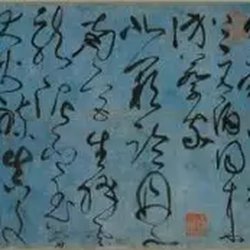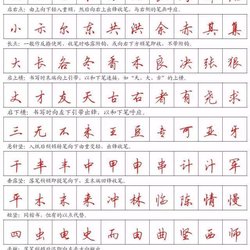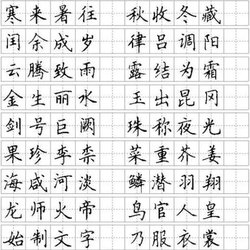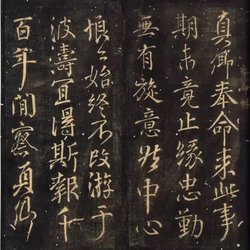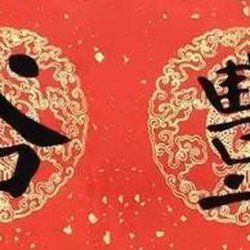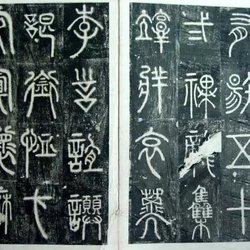Zheng Xie (xiè pronunciation: "Xie") was a famous painter, calligrapher and writer in the Qing Dynasty. The courtesy name is Kerou, the name is Banqiao, and he is known as Mr. Banqiao. He is a native of Xinghua, Jiangsu, and his ancestral home is Suzhou. He was a scholar of Kangxi, a scholar in the tenth year of Yongzheng, and a Jinshi in the first year of Qianlong (1736). He was the magistrate of Fanxian County and Weixian County in Shandong Province. There was a political saying that he "asked for relief for the people because of the hunger in the year, disobeyed the officials, and begged for illness to return home." Later, he lived in Yangzhou and made a living by selling paintings. He is one of the "Eight Eccentrics of Yangzhou". His poetry, calligraphy and painting are known as the "Three Wonders" in the world, and he is good at painting orchid and bamboo.
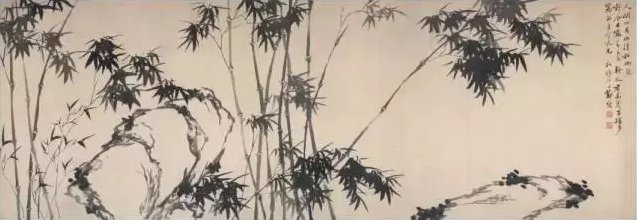
According to Li Yufen's "Bibliographic Research on Calligraphy and Paintings of the Ou Bo Luo Chamber", the "Eight Eccentrics" are Luo Pin, Li Fangying, Li Wei, Jin Nong, Huang Shen, Zheng Xie, Gao Xiang and Wang Shishen. In addition, Gao Fenghan, Bian Shoumin, Min Zhen, etc. are listed as "Eight Monsters" in various books. The opinions are very inconsistent. Today's people mostly follow Li Yufen's theory when choosing the number of "Eight".
Banqiao's ancestors were scholars for three generations. His great-grandfather Xinwan was born in Xiang (xiang); his grandfather Qingzhi was a Confucian official; his father Liben was named Li'an and was born in Lin (lin). Zheng Banqiao was born in a poor intellectual family. He lost his mother when he was young and was raised by his stepmother. When he was young, he studied with his hometown ancestor Lu Zhen. He became a scholar in his 20s, passed the provincial examination in the tenth year of Yongzheng (1732), and became a Jinshi in the first year of Qianlong (1736). In seven years, he served as the magistrate of Fan County, Shandong Province. One year later, he was transferred to Weixian County. In the thirteenth year of the reign of Emperor Qianlong, Emperor Hongli made an eastward tour to Mount Tai. He made a history of calligraphy and painting. In the 18th year, he was dismissed from office because he offended the officials by asking for aid. The seals commonly used in his calligraphy and paintings include: "Kangxi Scholar, Yongzheng Juren, Qianlong Jinshi", "Qianlong Dongfeng Calligraphy and Painting History", "Seventh Grade Official Er", etc., which can be said to be a record of his life.
Zheng Xie is a capable person in politics, hates the corruption in officialdom, and sympathizes with the people at the bottom. In the first two years of his tenure in Weixian County, there was a severe famine in Shandong, and the tragic scene of "people cannibalism" appeared. Zheng Xie took emergency measures, but failed to apply for approval from his superiors and used official warehouse grain to lend money to the hungry people. The disaster situation continued after the autumn. Again, he burned all the loan bonds, adopted a work-for-relief approach, built cities and dug ponds, and recruited victims from far and near to work and eat; he ordered the large households in the city to open factories to cook porridge and accumulate millet, so that the hungry people could stock up on food. Survive the famine. However, these measures offended the interests of the wealthy gentry and corrupt officials, and they were falsely accused of dismissal. When he left Weixian, he was in a state of poverty with only a few volumes of books. The people regretted staying and even built a shrine for him. Zheng Xie has a broad-minded personality, does not stick to trivial matters, likes to talk eloquently, and is not a person. At that time, he was called "crazy" and "weird". After he was dismissed from office, he lived in Yangzhou and made a living by selling paintings.
Appreciation of Zheng Banqiao's calligraphy works
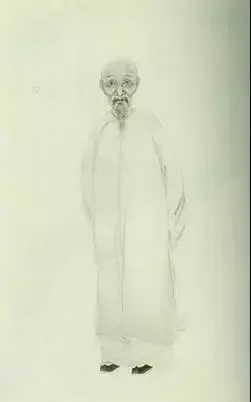
1. Vertical axis
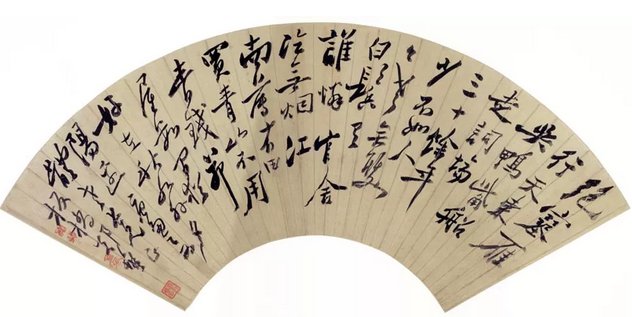
Zheng Xie's "Self-made Tang Duoling Ci Fan in running script", unknown size, collected by Shanghai Museum
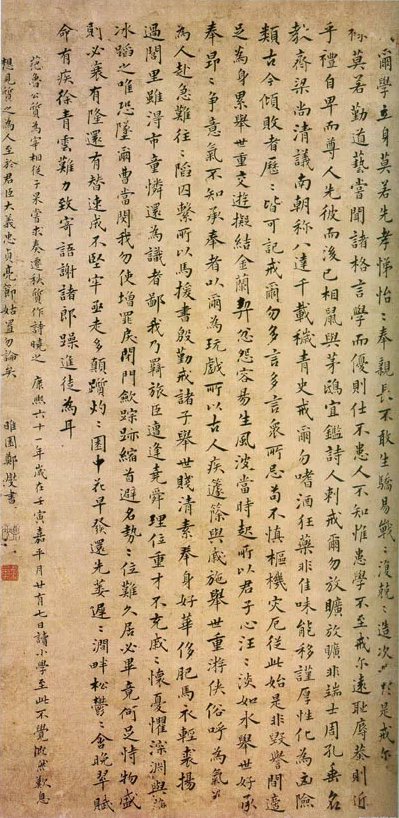
Zheng Xie's "Standing Scroll in Regular Script" 79X48cm 1722 Collection of Guangzhou Art Museum
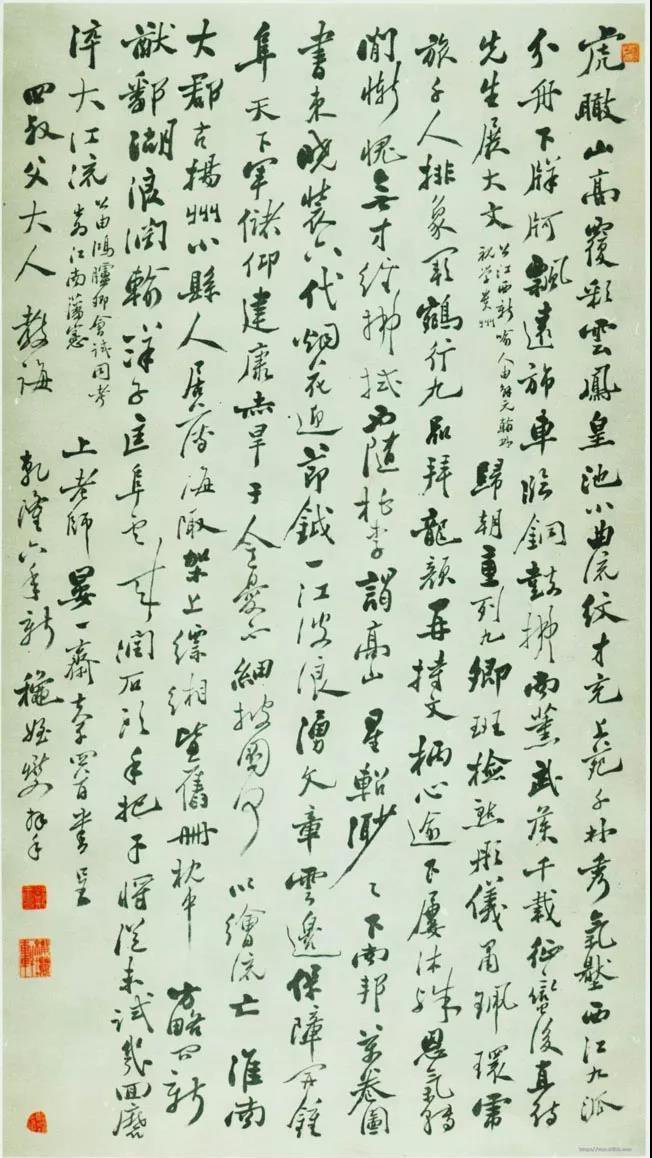
Zheng Xie's "Four Self-written Poems in the Middle Hall" running script on paper 136.5×74.6cm
1741 Collection of the Palace Museum, Beijing
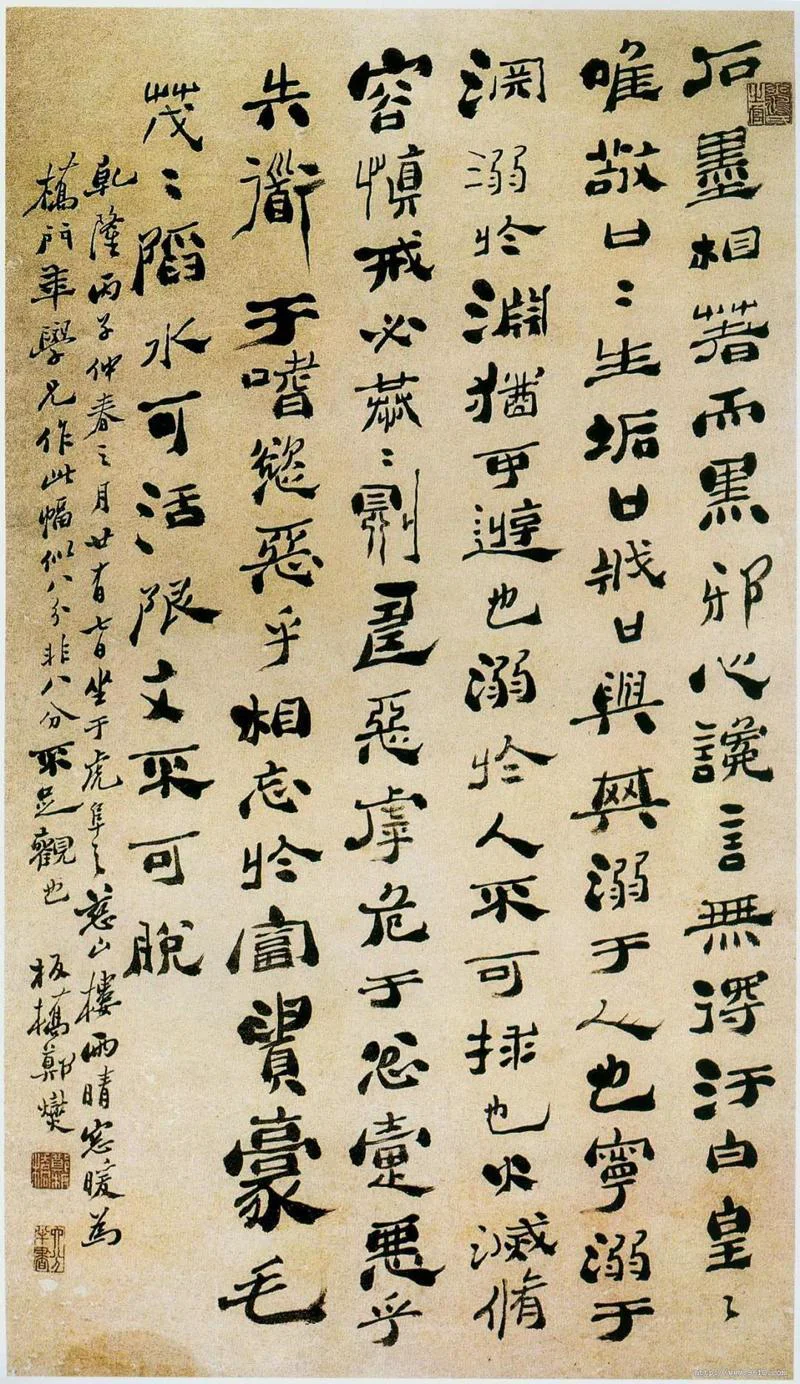
"Official Scroll" by Zheng Xie, 1756, 84.9X49.4cm, paper, collected by Wuhan Cultural Relics Store
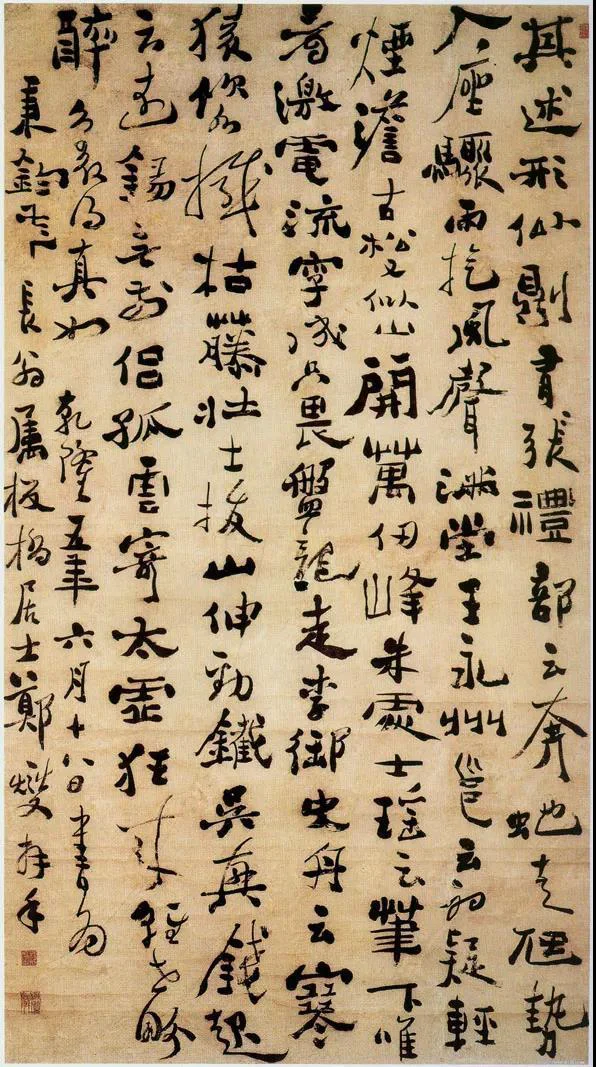
Zheng Xie's "Scroll of Huaisu's Autobiography in Running Script" on paper
104.9×19.5cm 1740 Yangzhou Museum Collection
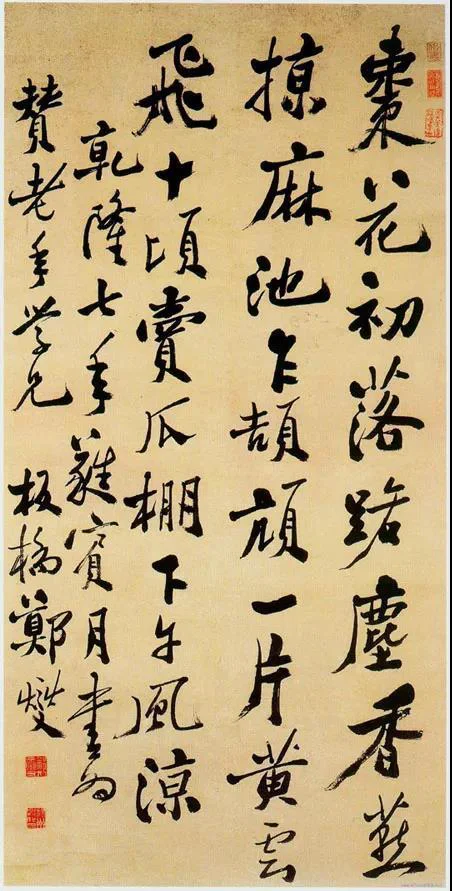
Zheng Xie's "Scroll of Running Script", 1742, paper, 56.8×22.5cm
Collection of Beijing Capital Museum
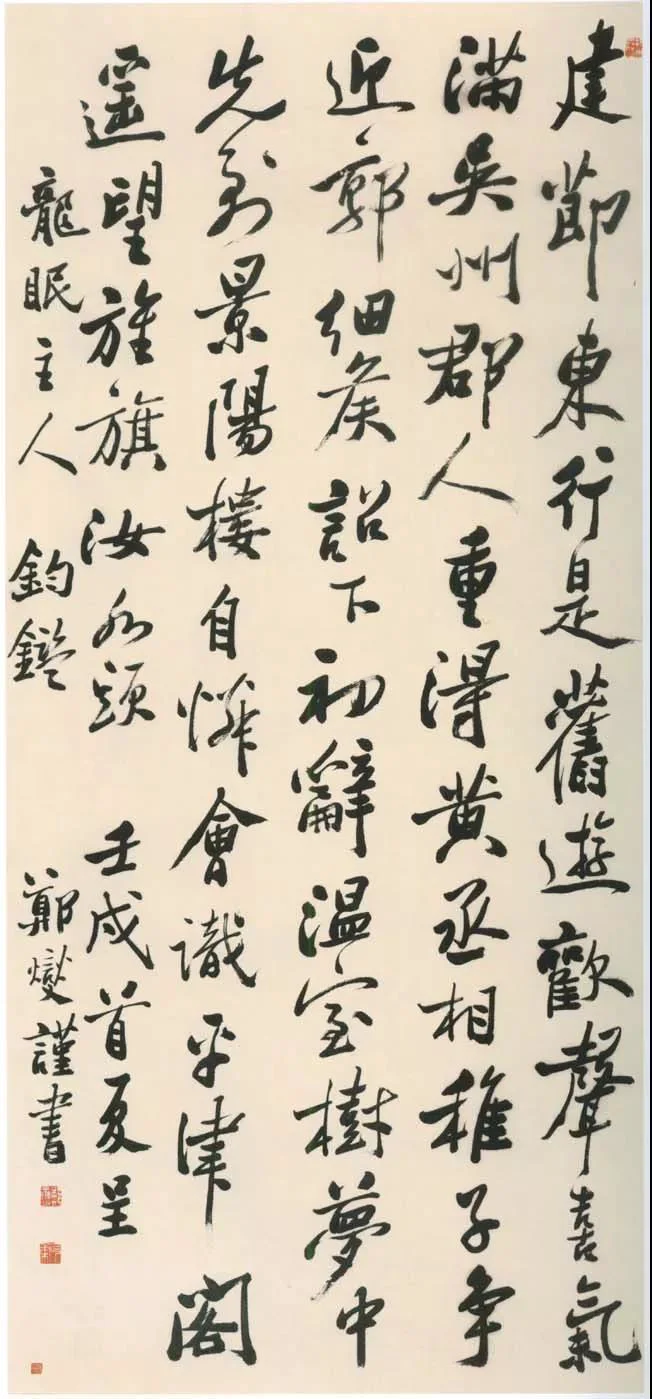
Zheng Xie's "Poem Scroll in Running Script Liu Yuxi Sends Li Pushe to Town", running script on paper, 185.8×85.5cm, 1742
Collection of the Palace Museum, Beijing
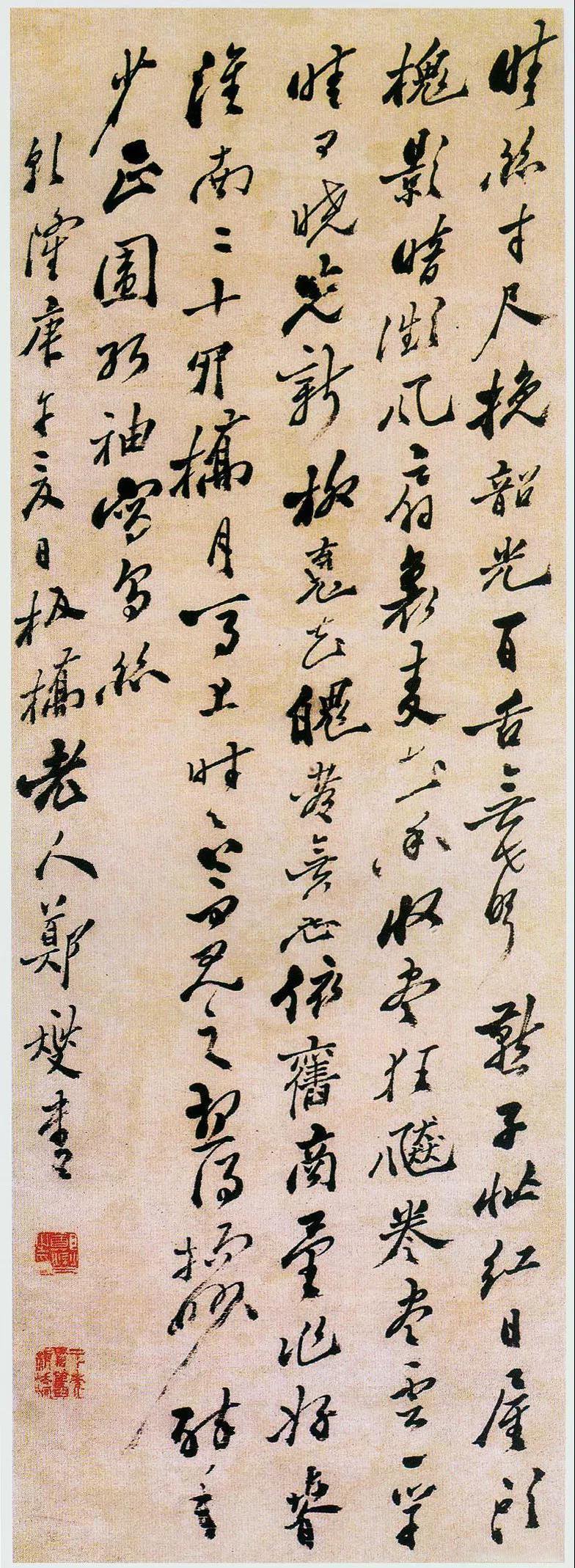
Zheng Xie's "Three Poems in Running Script", 1750, paper, 78.2X27.6cm, collected by Yangzhou Museum
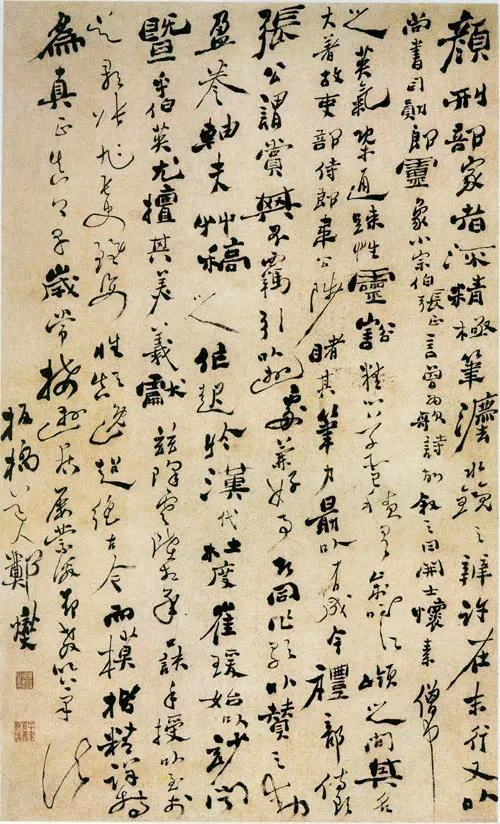
Zheng Xie's "Scroll of Poetry in Running Cursive", 106X63.5cm, on paper, collected by Tianjin Art Museum
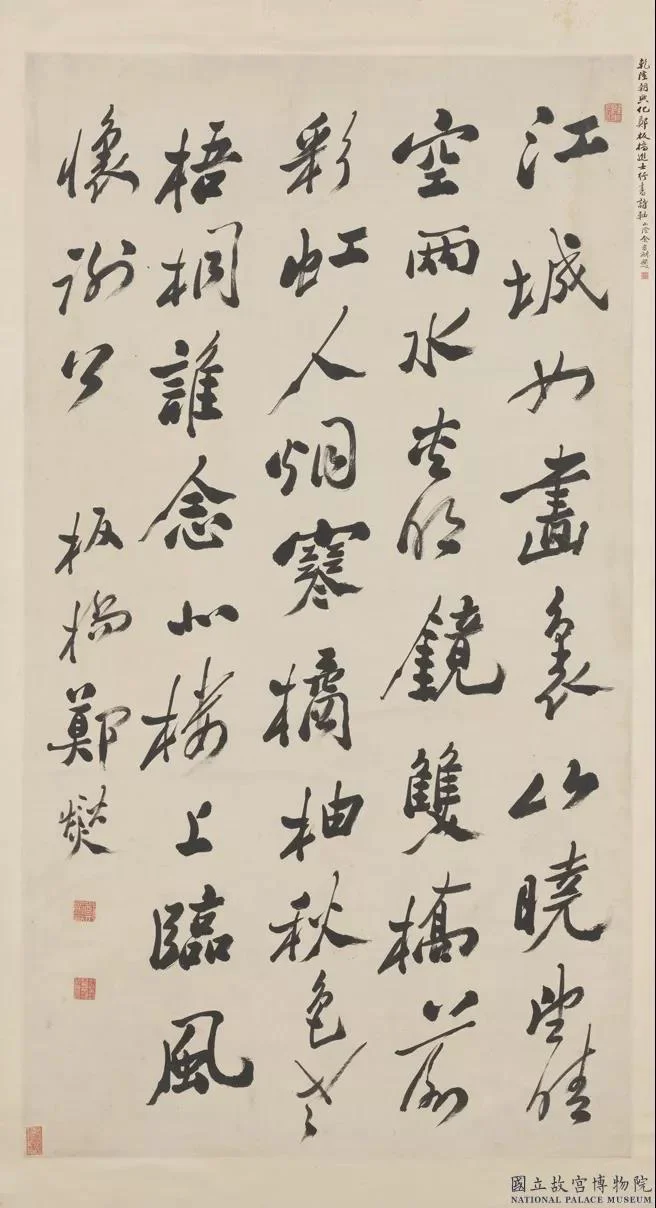
Zheng Xie's "Poem Scroll of Li Bai's Ascension to Xie Tiao North Tower in Xuancheng in Qiu", running script on paper, 266×99.8cm
Collection of the National Palace Museum, Taipei, China
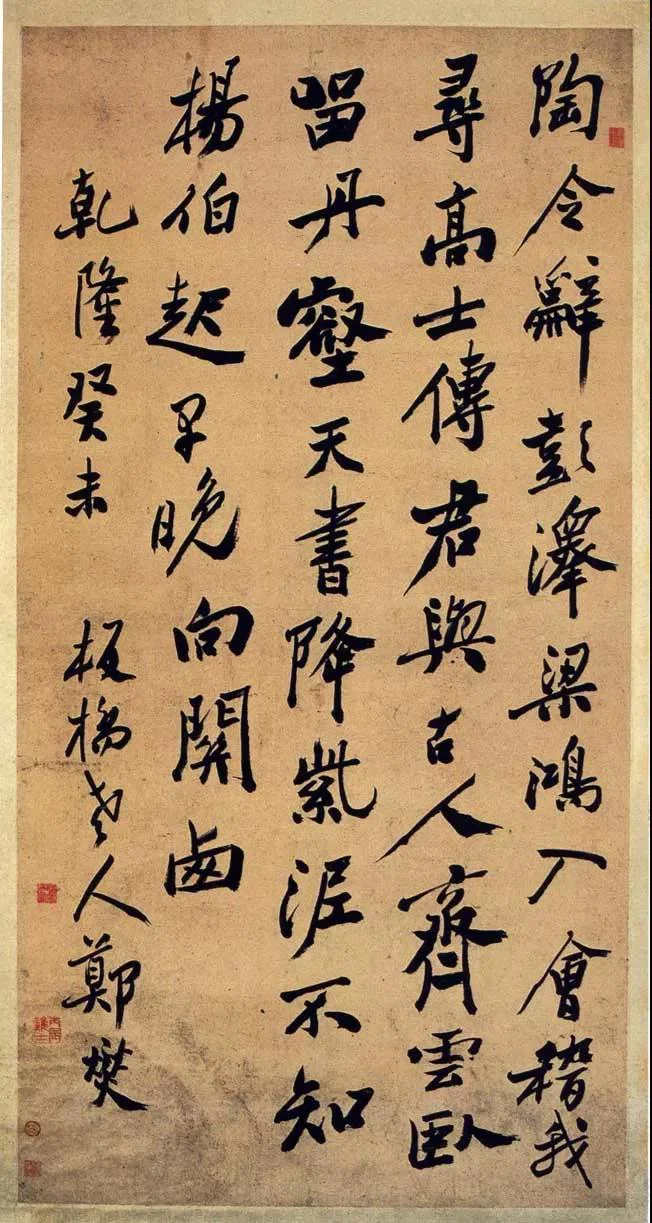
Zheng Xie's "Li Bai's Five-Character Poetry Scroll in Running Script" running script on paper, 183.5×94.3cm, 1763
Collection of Hunan Provincial Museum
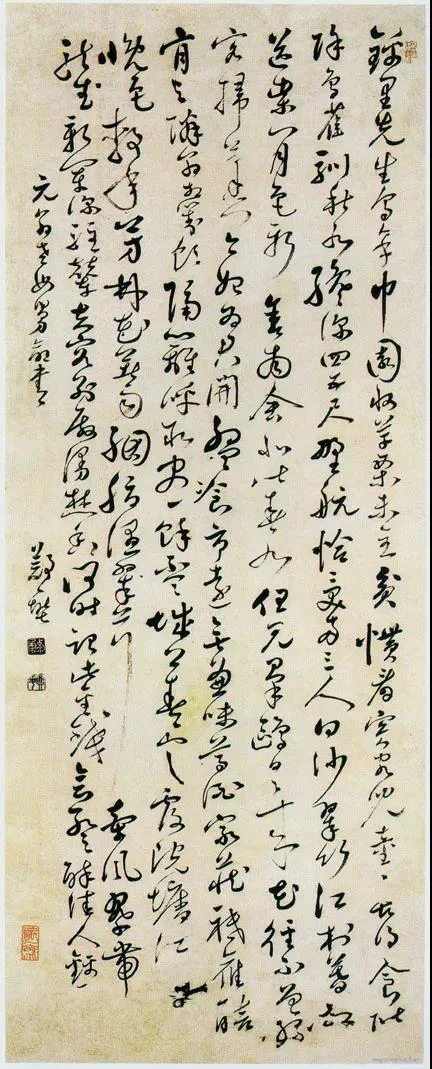
Zheng Xie's "Three Scrolls of Du Poems in Cursive Script" 85.5×35.2cm Collection of Yangzhou Museum
2. Couplets
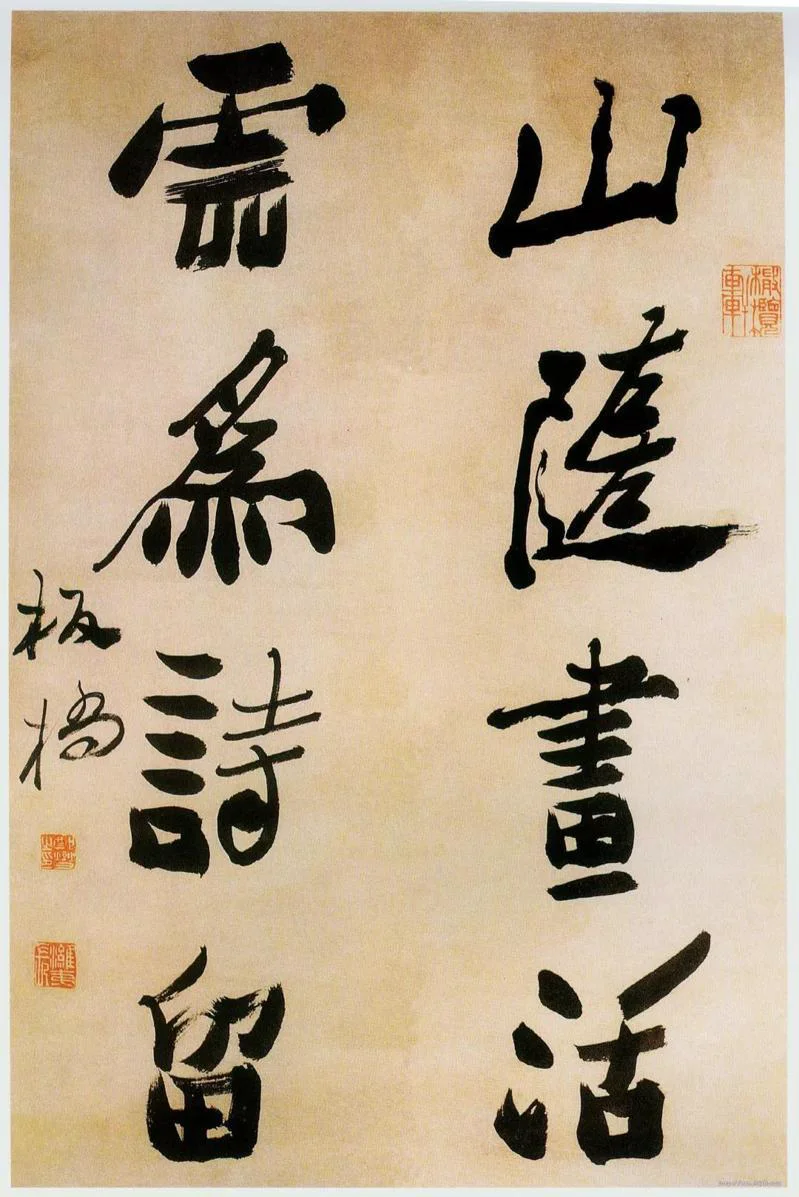
Zheng Xie's "Four Character Couplets in Running Script", 73X24cmX2, on paper, collected by Hubei Provincial Museum
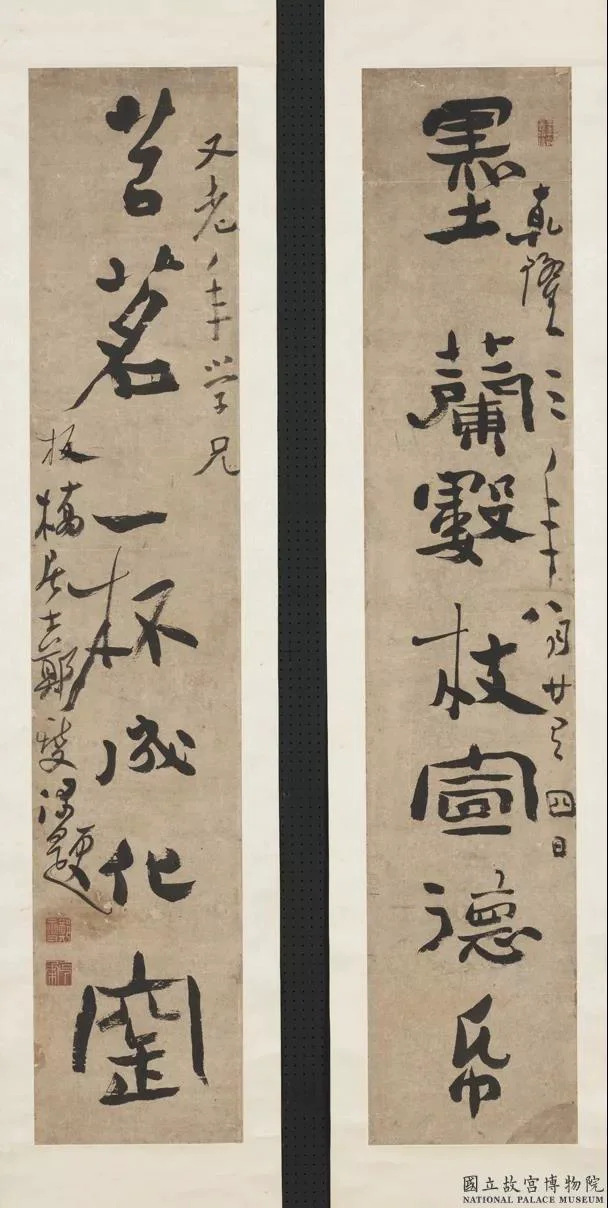
Zheng Xie's "Seven-Character Couplet of Molan Kuming in Running Script" on paper in running script, 165×31cm×2, 1738
Collection of the National Palace Museum, Taipei, China
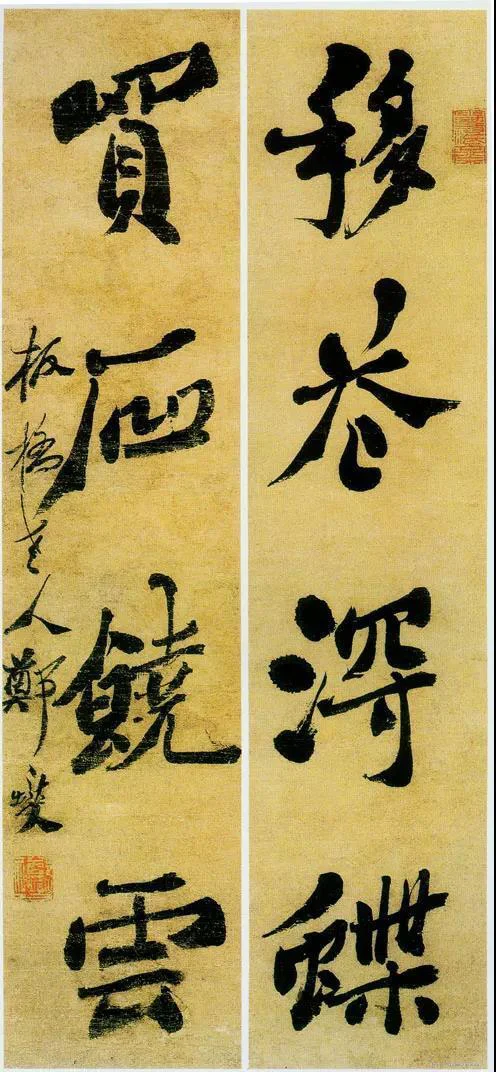
Zheng Xie's "Four-Character Couplet in Running Script" 66.7X16cmX2 Collection of Yangzhou Museum
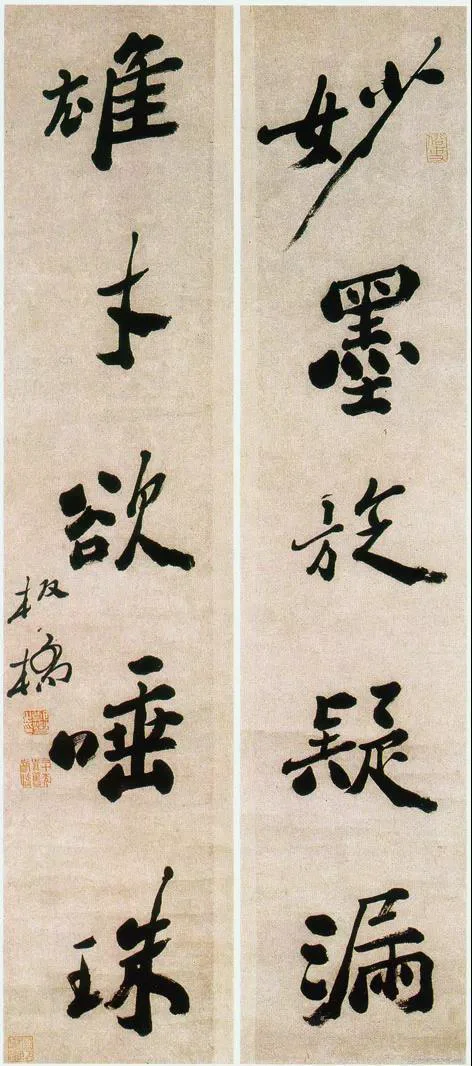
Zheng Xie's "Five-Character Couplet with Wonderful Calligraphy and Ink" on paper, 93×20cm×2, collected by Guangzhou Art Museum
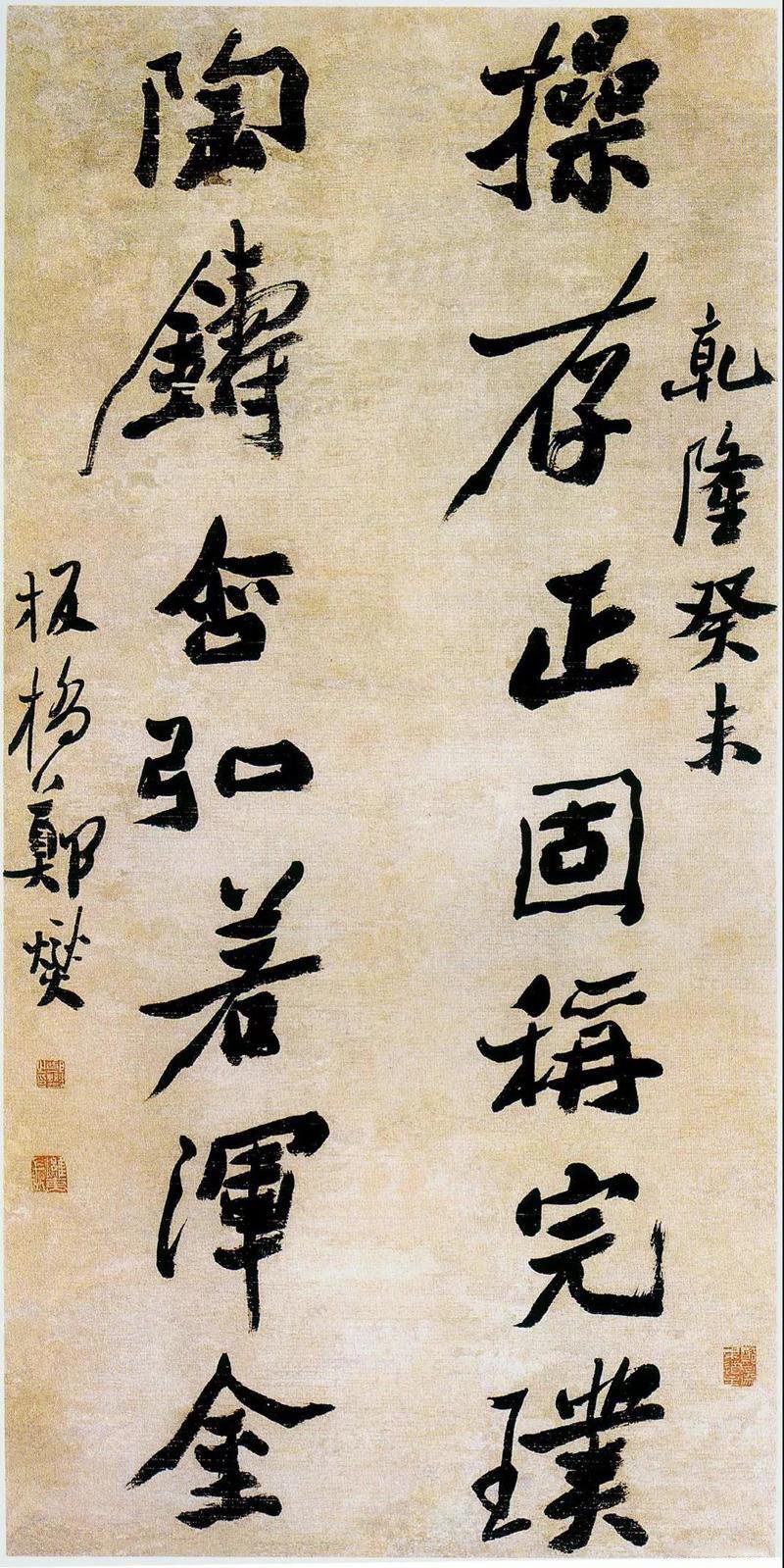
Zheng Xie's "Seven Character Couplet in Running Script", 1763, 115X28.5cmX2, paper
Collection of Chongqing Museum
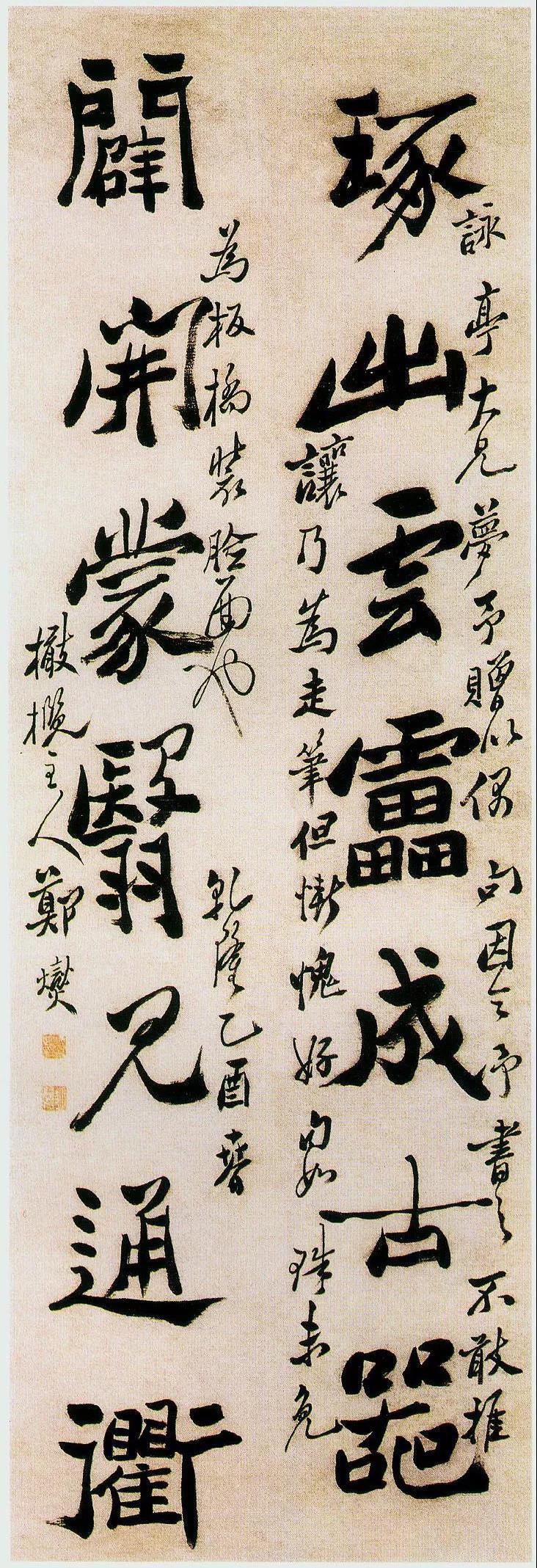
Zheng Xie's "Seven Character Couplet in Running Script", 1765, 145.3X23.1cmX2, paper
Collection of Yangzhou Museum
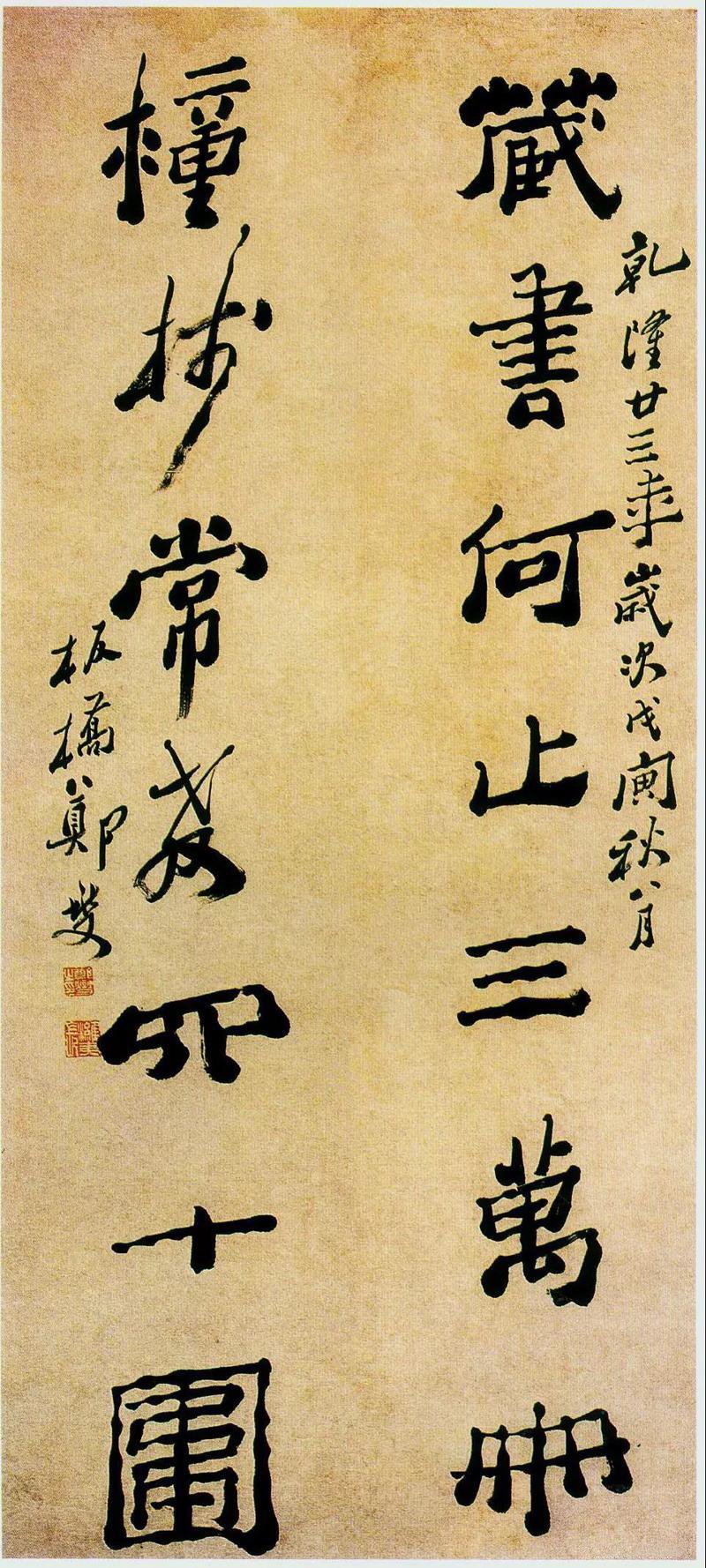
Zheng Xie's "Seven Character Couplet in Running Script", 1758, 121X26.5cmX2, paper
Collection of Anhui Provincial Museum
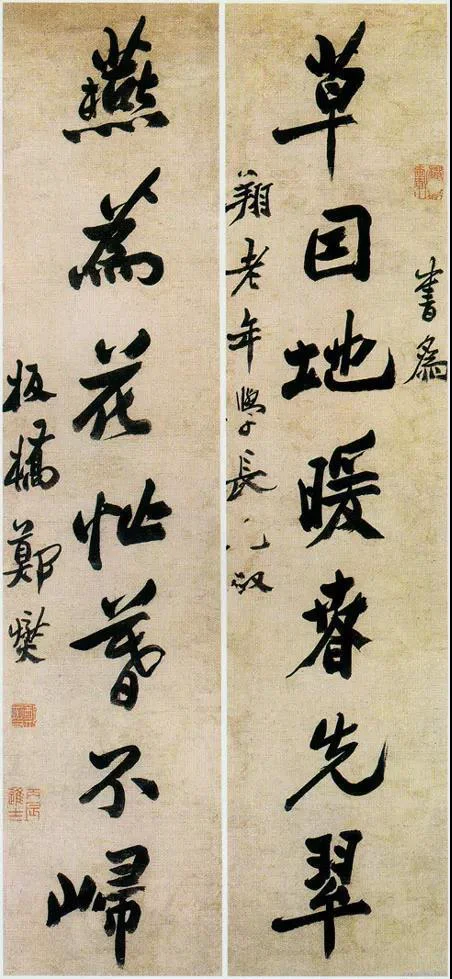
Zheng Xie's "Seven Character Couplet in Running Script" 124.8X28.4cmX2 Collection of Yangzhou Museum
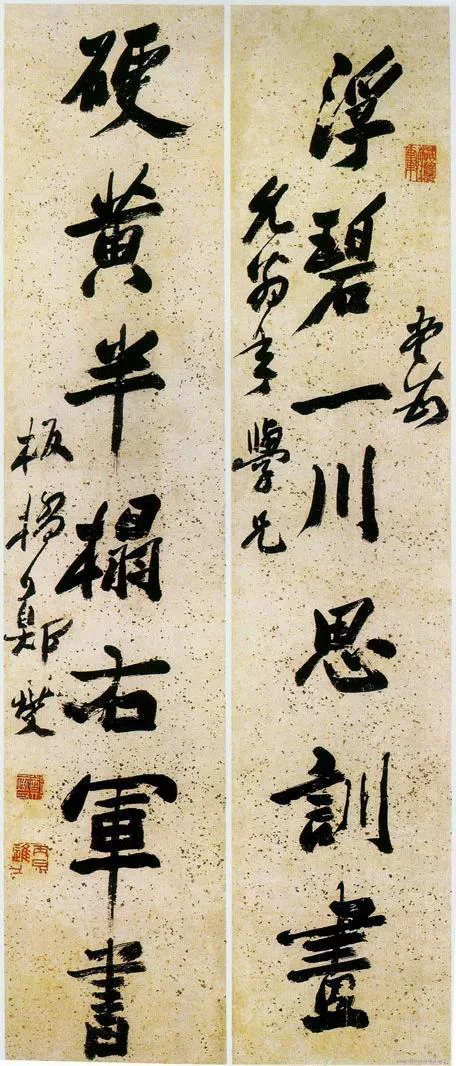
Zheng Xie's "Seven Character Couplet in Running Script" 128.2X26.5cmX2 Collection of Yangzhou Museum
3. Notes on hand scroll albums
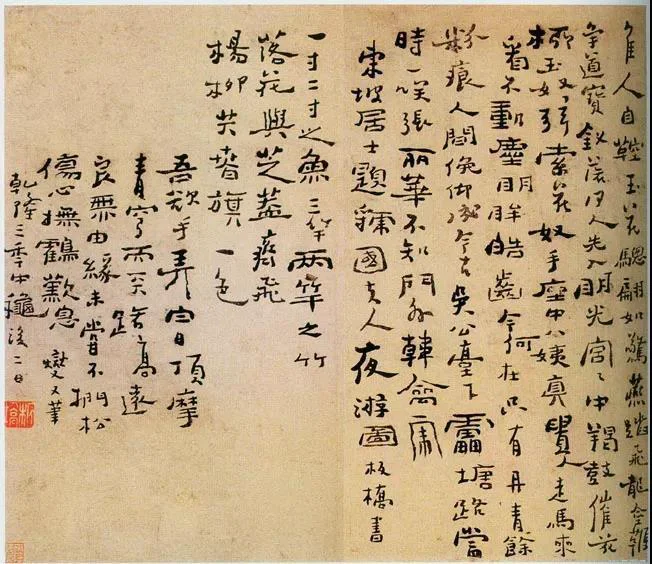
Zheng Xie's "Executive Script Pages", 1738, paper, 24.2X28.3cm, collected by Liaoning Provincial Museum
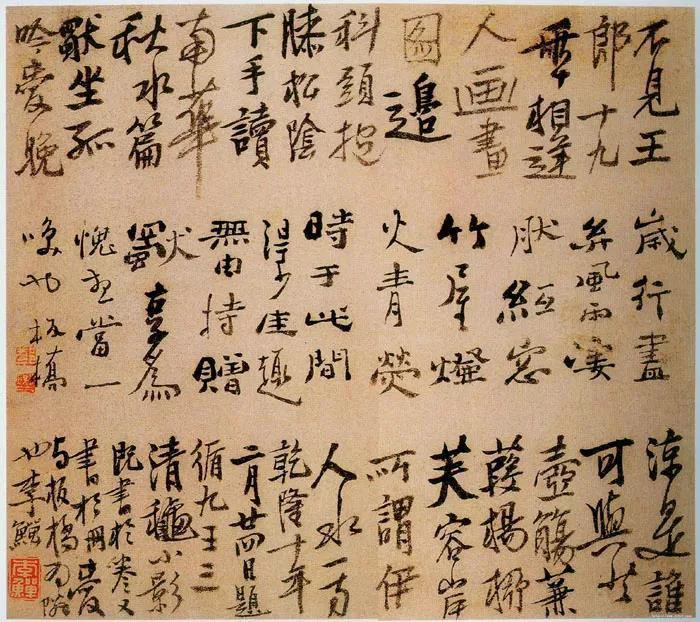
Zheng Xie's "Executive Script Pages", 1745, paper, 24.5X28cm, collected by Zhenjiang Museum
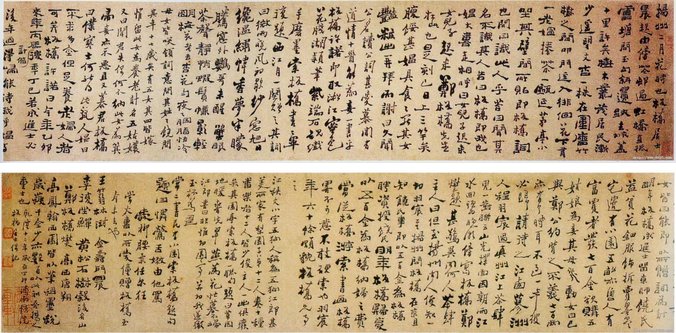
Zheng Xie's "Yangzhou Miscellaneous Notes in Running Script", 1747, paper, 18.1X158.3cm, collected by Shanghai Museum
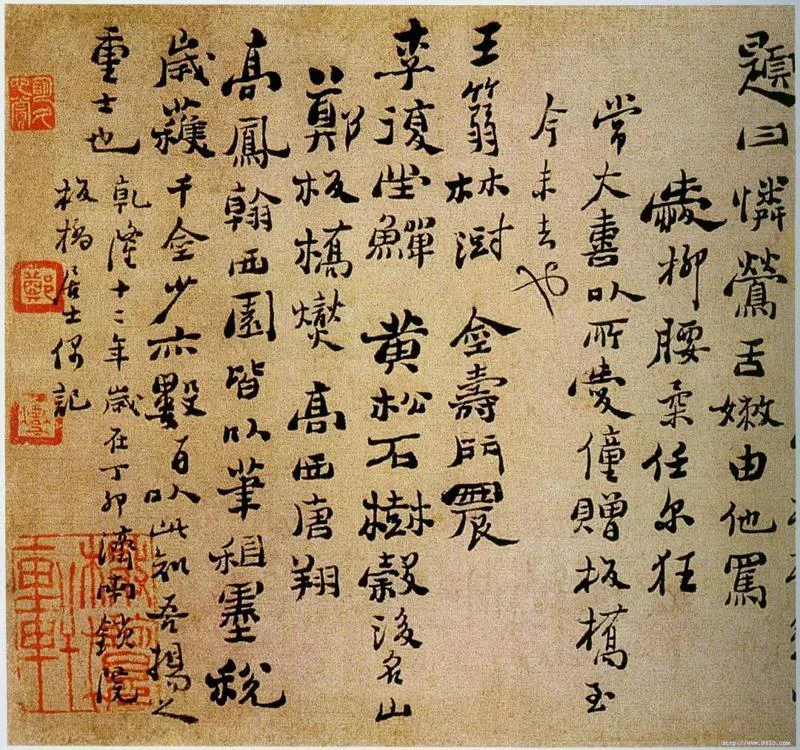
Zheng Xie's "Yangzhou Miscellaneous Notes in Running Script" (Part)
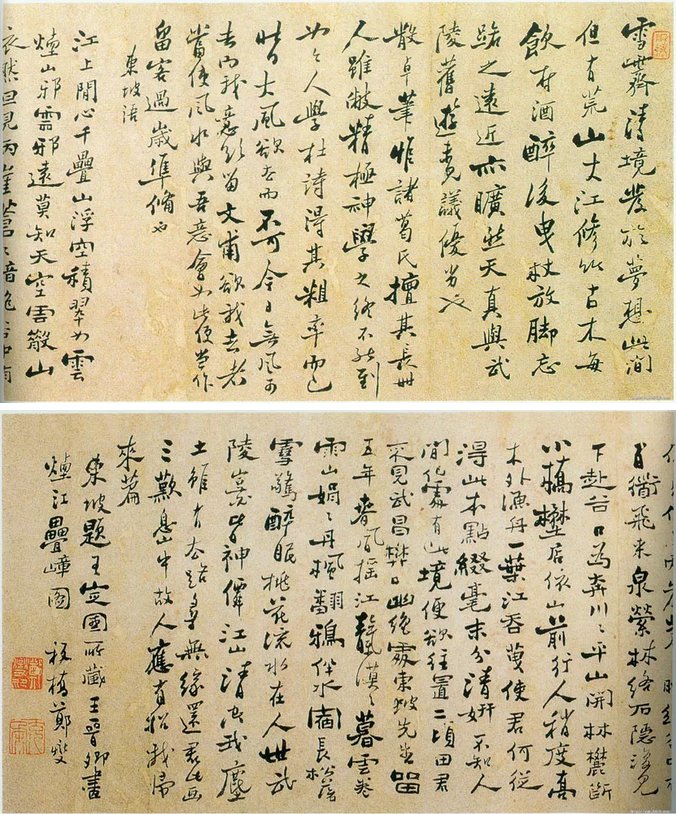
Zheng Xie's "Poetry Scroll on the Mountains of the Yanjiang River in Dongpo" on paper, 23.5X82cm, collected by Changzhou Museum
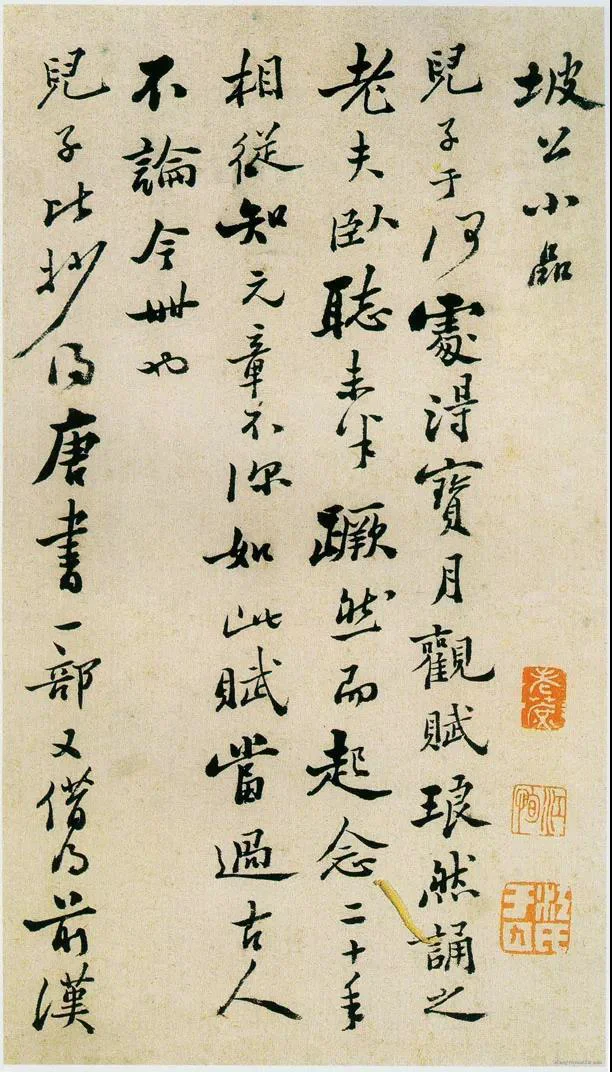
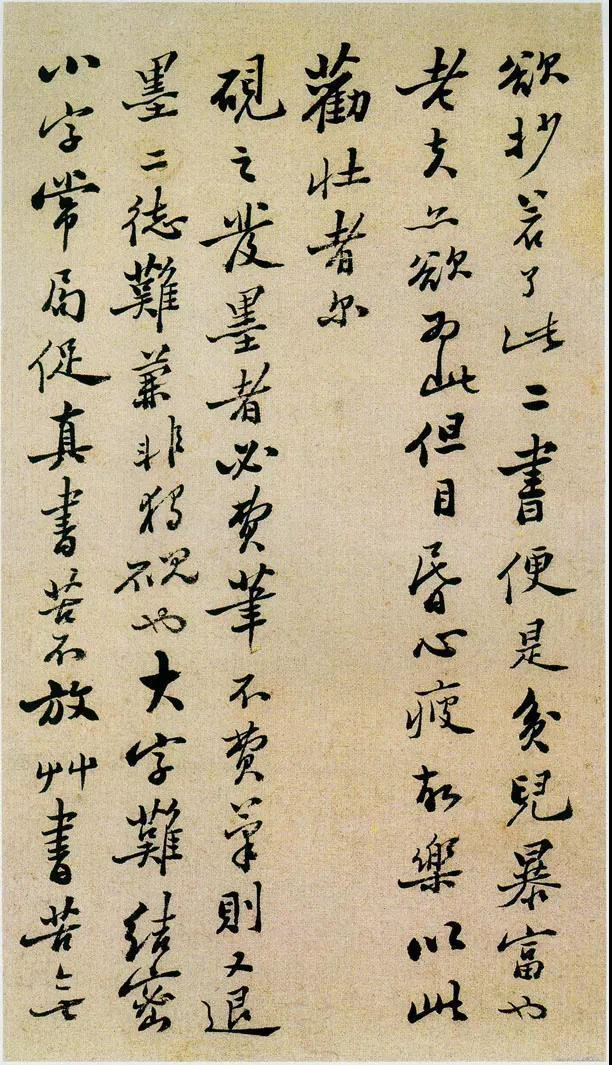
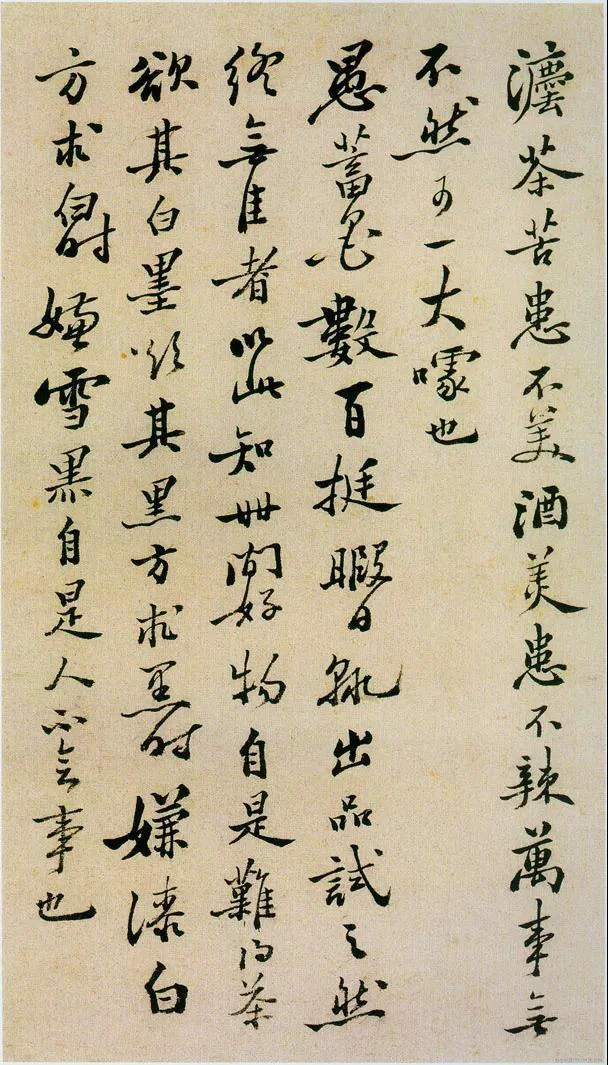
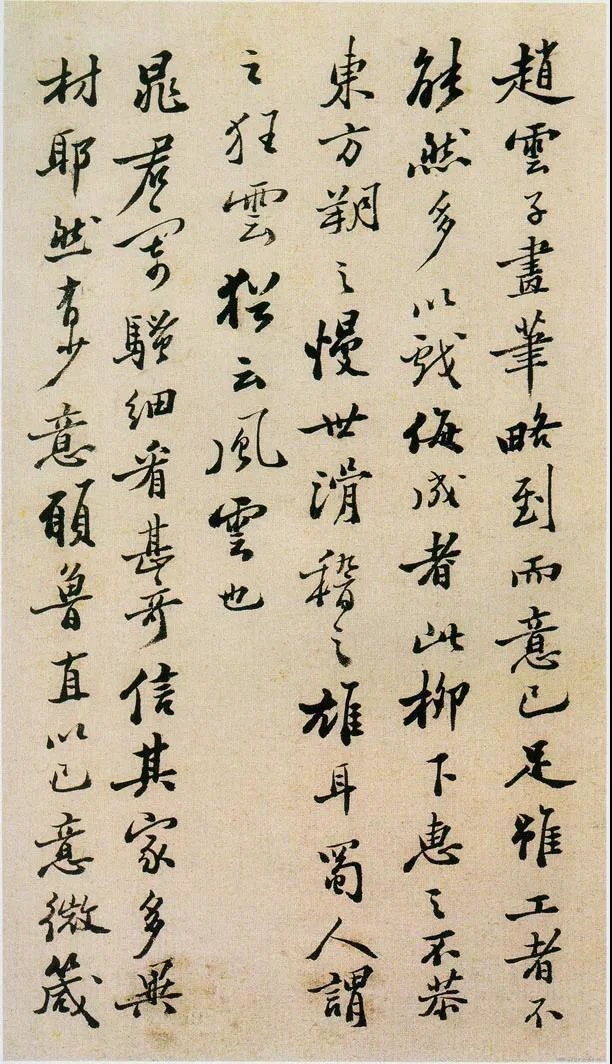
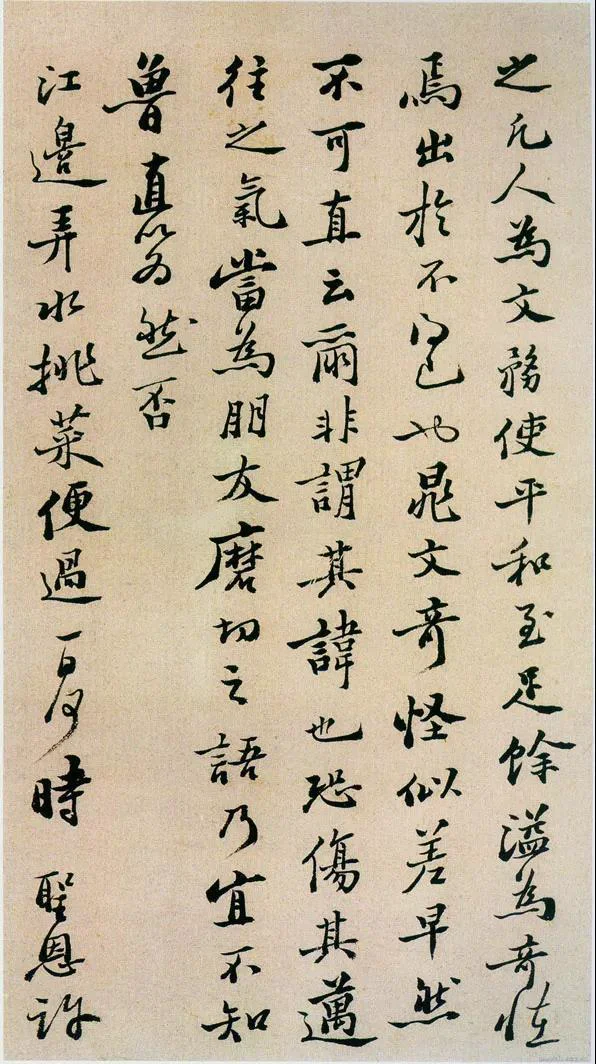
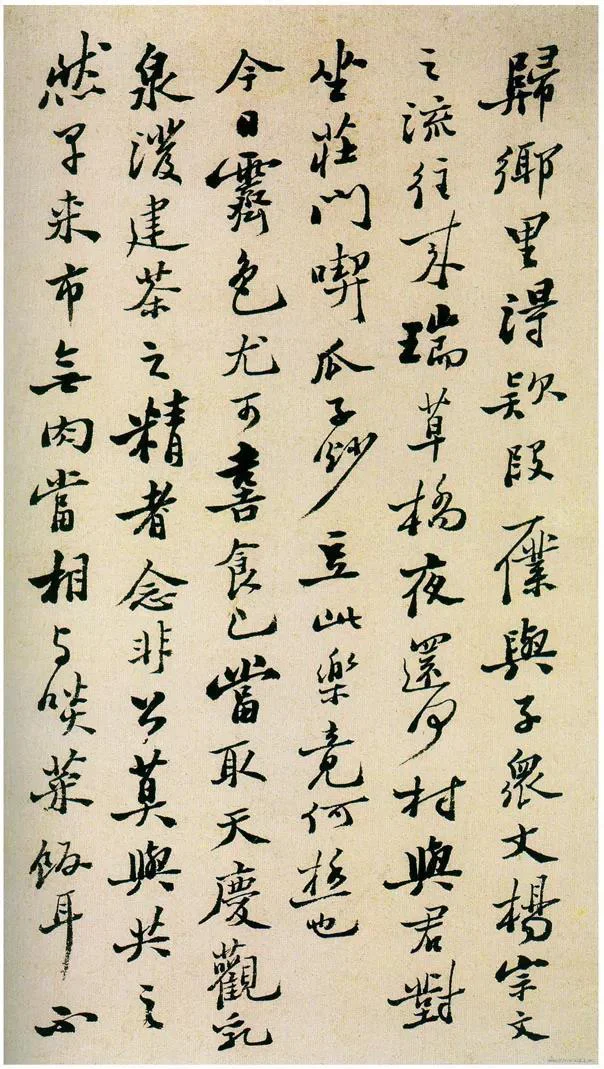
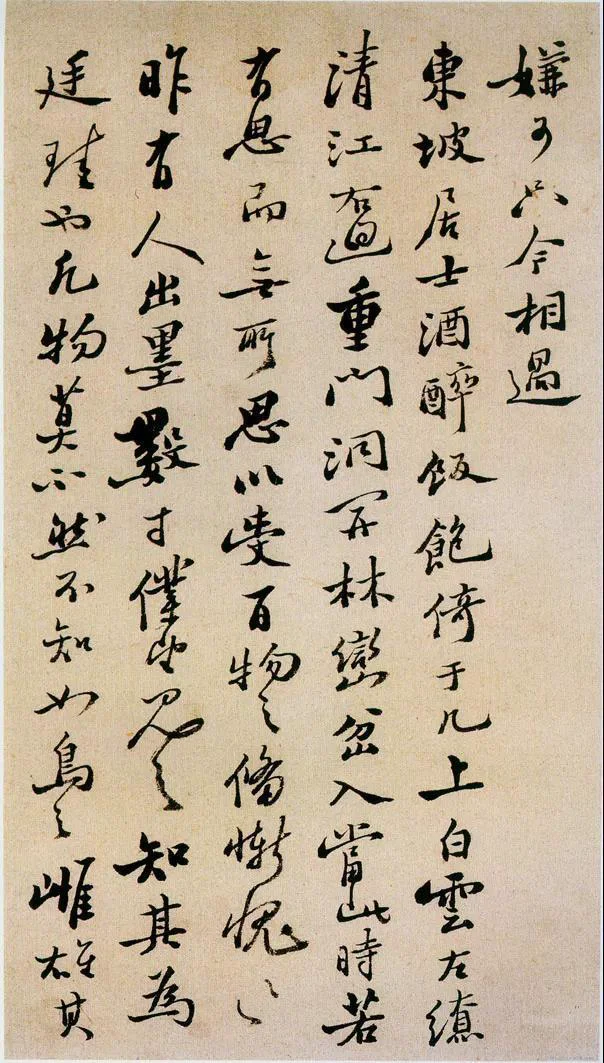
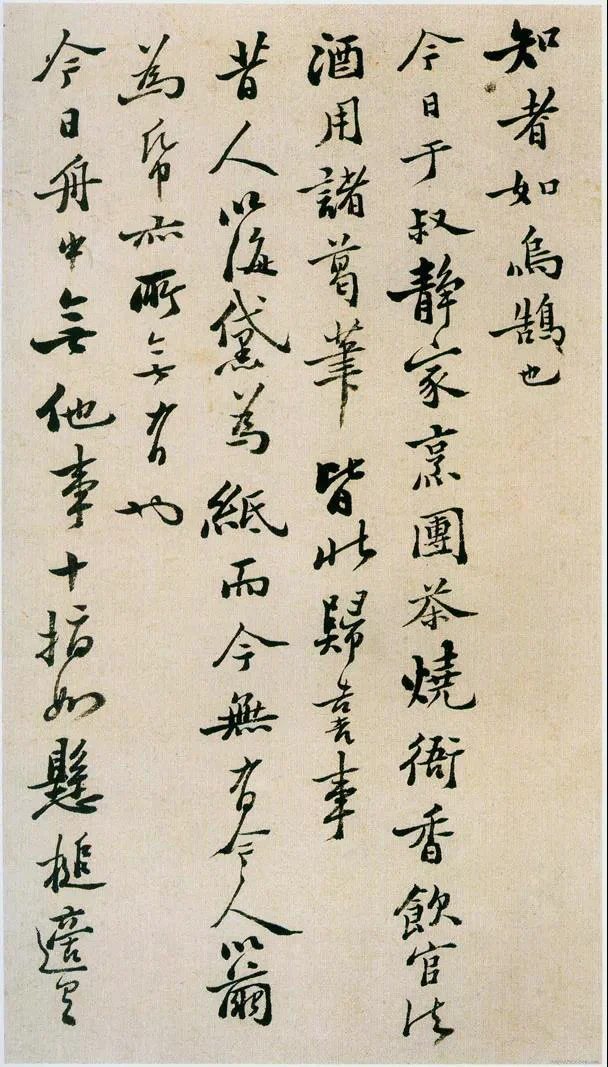
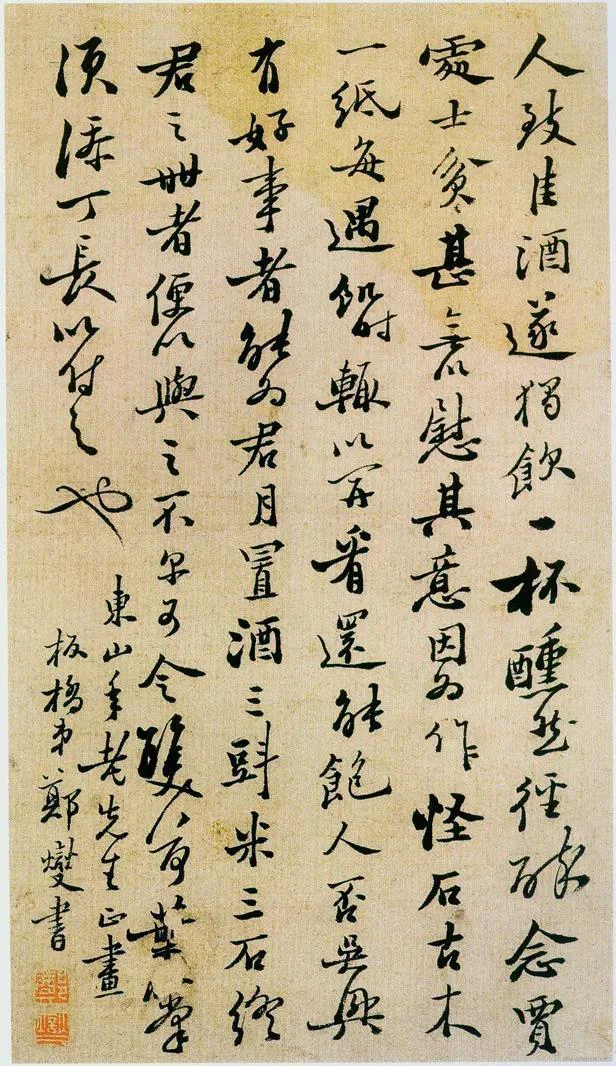
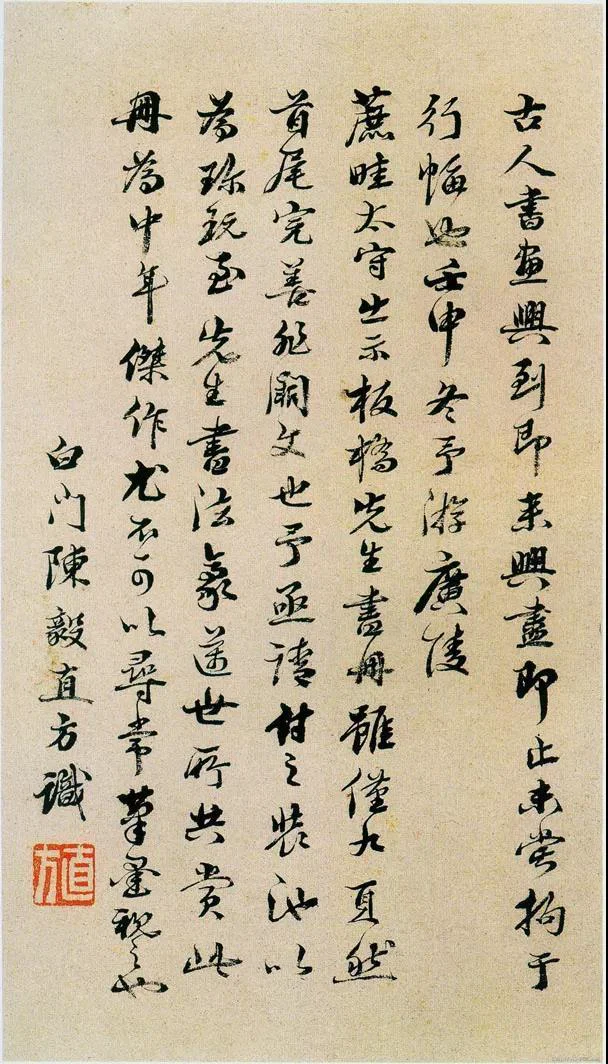
Zheng Xie's "Po Gong's Sketch Album" on paper, 29 cm in height and 18.2 cm in width, collected by Yangzhou Museum
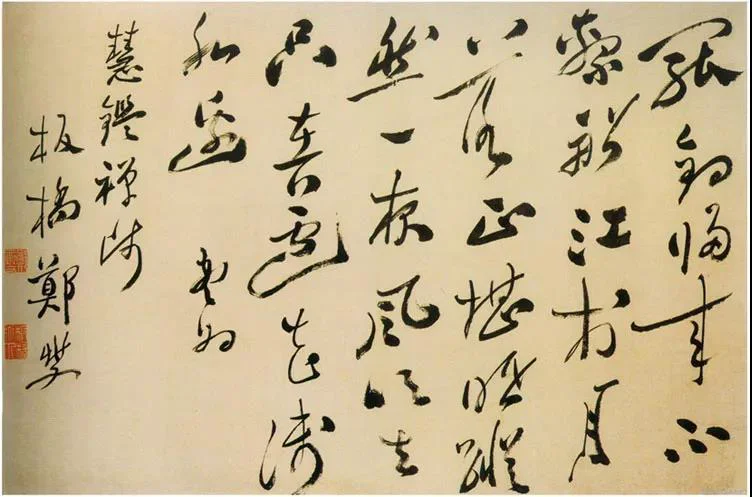
Zheng Xie's "Sikong Shu Qijue in Cursive Script" 65X100.8cm Collection of Nanjing Museum
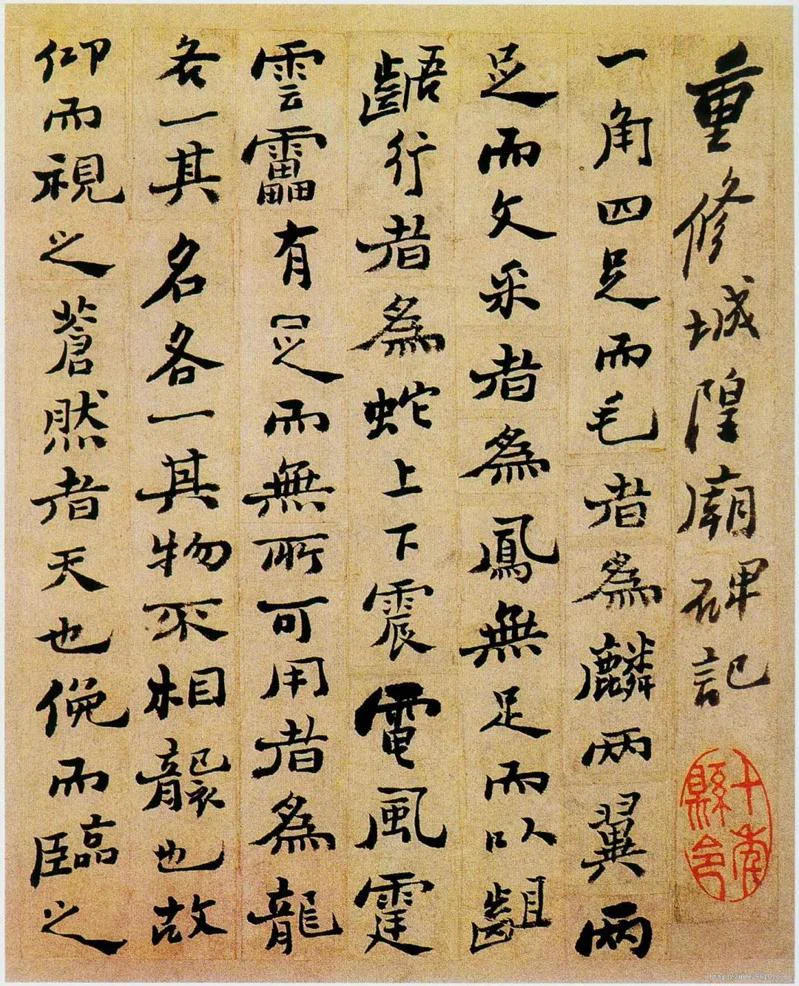
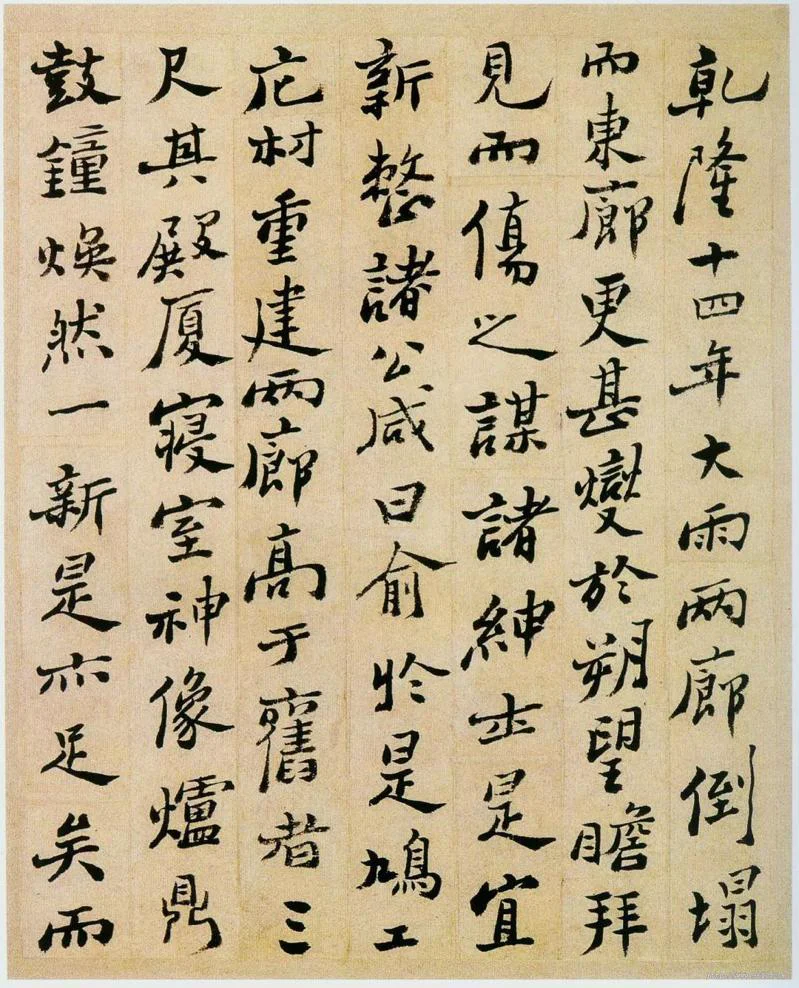
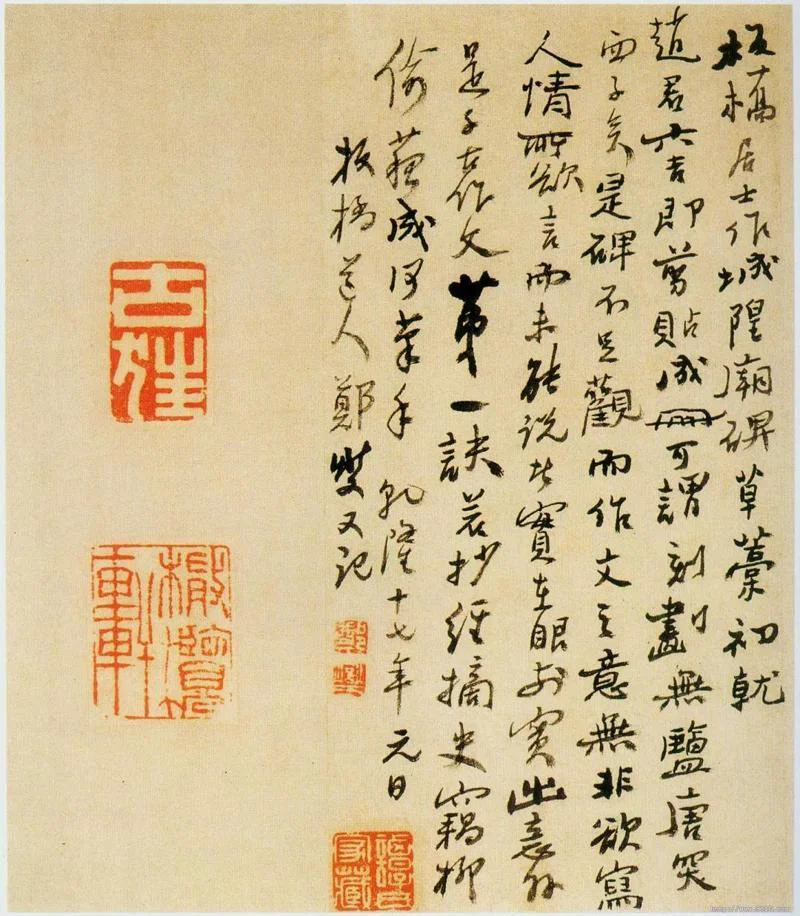
Zheng Xie's "Inscription on the Reconstruction of the City God's Temple" Album, 1752, 22 x 18.2cm
Collection of Nanjing Museum

